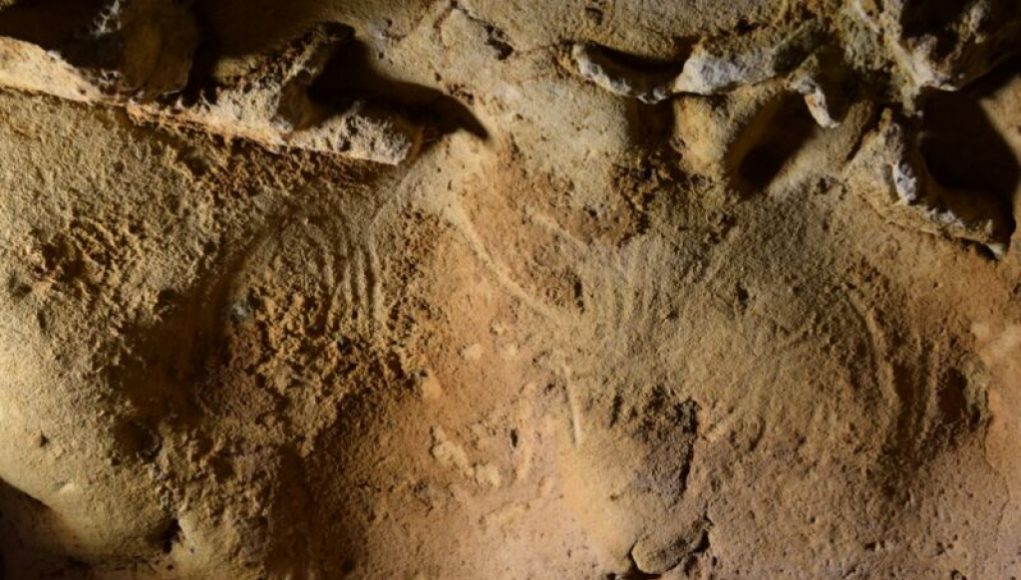Get ready to be amazed by the latest discovery in the world of archaeology! Neanderthals, our ancient cousins, have left their mark on history once again. A series of engravings found on a cave wall in France, made by Neanderthals using their fingers, have been dated back to 57,000 years ago. This could be the oldest such marks ever found, proving that Neanderthals were far more complex and diverse than previously believed. As evidence continues to pile up, it’s becoming clear that Neanderthals could think symbolically, create art, and plan projects. For instance, they spun plant fibers into thread, used birch tar to hold their hafted stone tools in place, and even built elaborate circular structures using stalagmites. Archaeologists have also found several pieces of bone and rock from the Middle Paleolithic, carved with geometric patterns like cross-hatches, zigzags, parallel lines, and circles. This suggests that the ability to use symbols didn’t originate with modern humans. In fact, a geometric design akin to “offset chevrons” was found carved into the second phalanx of a giant deer in a cave in Northern Germany, and the carver was almost certainly a Neanderthal. The authors argued that this was a legitimate project, requiring imagination, resources, planning, and time. Neanderthals also painted the walls of caves, made shell jewelry painted with ocher pigment, and left their mark on history in countless other ways. It’s clear that our ancient cousins were artists and thinkers, far more advanced than we ever imagined.
A new study suggests that Neanderthals created art on walls of caves much earlier than previously thought.
In a recent research by Dr. April Nowell, from the University of Victoria in British Columbia, and Christopher Henshilwood, from the University of Bergen in Norway, Neanderthals created ochre finger markings on cave walls in Spain more than 65,000 years ago.
These markings, previously thought to be simple decoration, were actually the first known traces of Neanderthal art. The findings, according to the researchers, suggest that Neanderthals had the cognitive capacity to produce symbolic artwork – a trait that has been associated exclusively with our own species, Homo sapiens.
While researching archaeological sites in Spain, the scientists uncovered pigment-rich ochre daubings on various cave walls. Through radiocarbon dating, the team was able to confirm that the markings were made jointly by Neanderthals and Homo sapiens at least 65,000 years ago.
“To our knowledge, this is the first direct evidence of Neanderthals creating symbolic arrangements and the earliest known example of a Neanderthal creating an image on a cave wall, rather than simply applying pigments to their body,” said Dr. Nowell.
The findings highlight the creative capacity of Neanderthals, and call the traditional division between modern humans and Neanderthals into question.
“Our research raises new questions around the degree of symbolic behavior taking place among Neanderthals and who else may have been engaging with this form of communication,” Henshilwood said.
The team’s findings were published in the journal Science Advances.




















